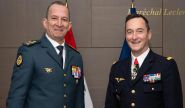
Paris accueillera en février une conférence de soutien à l’armée libanaise
This is Beirut 16:00

This is Beirut 16:00

This is Beirut 17/12 20:00

This is Beirut 17/12 18:50

Salam El Zaatari 17/12 18:40

Natasha Metni Torbey 16/12 17:23
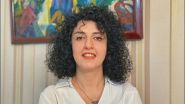
This is Beirut 16/12 18:10
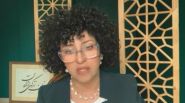
This is Beirut 15/12 16:57

This is Beirut 14/12 15:30

This is Beirut 14/12 12:35

This is Beirut 13/12 19:53
Liliane Mokbel 17/12 13:00
This is Beirut 15/12 20:30
This is Beirut 15/12 19:55
This is Beirut 15/12 16:05

This is Beirut 14:55
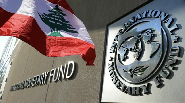
This is Beirut 14:15

Mario Chartouni 12:59

This is Beirut 12:40

This is Beirut 12:10

David Sahyoun 17/12 18:00

This is Beirut 17/12 14:15

This is Beirut 17/12 10:30

This is Beirut 15/12 12:25

This is Beirut 15/12 09:05
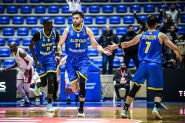
Makram Haddad 08:50

Makram Haddad 17/12 11:30

Makram Haddad 16/12 09:30

Makram Haddad 12/12 11:10

Makram Haddad 11/12 16:35

Bélinda Ibrahim 17/12 11:00

Makram Haddad 17/12 08:50

Bélinda Ibrahim 11/12 10:30

Bélinda Ibrahim 10/12 12:00

Bélinda Ibrahim 04/12 15:05